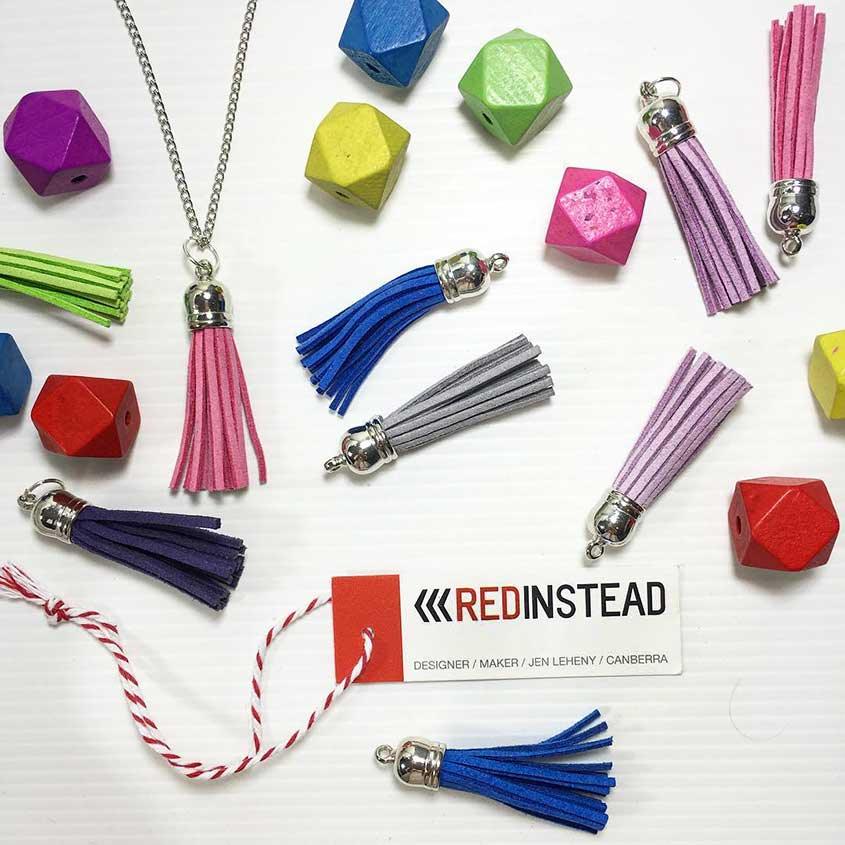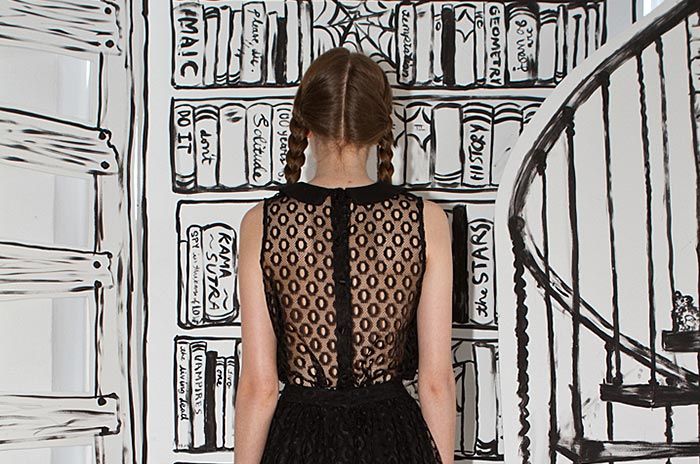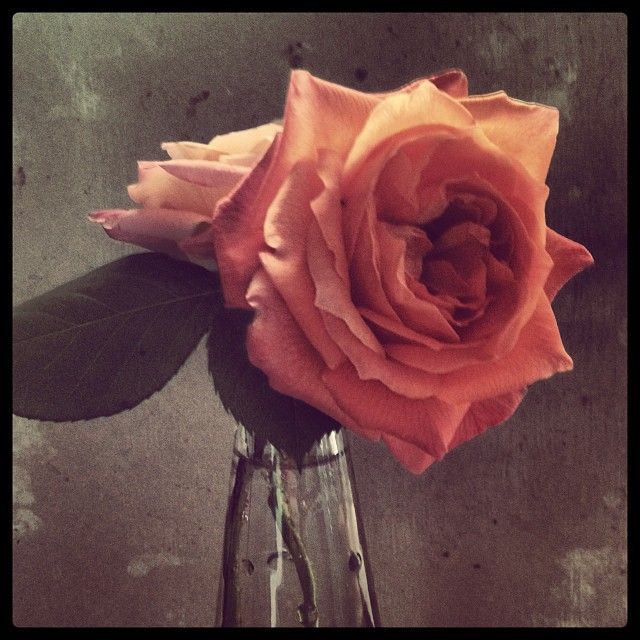Beautiful butterflies and things in boxes
Lots of cool and creepy animals and things in jars and boxes at the Natural History Collection of the Queensland Museum, and these pretty butterflies artfully displayed too.

These were collected in 1895 by Frederick Dodd, the Butterfly Man of Kuranda. He quit his banking career to devote his life to insects and later settled in the frontier village of Kuranda in the mountains behind Cairns in northern Queensland, Australia. He discovered an extraordinary variety of new and spectacular insects in the rainforests nearby and made a living from supplying specimens like the ones above to museums all around the world.
Next, we have skulls on a shelf, big ones and little ones.

And over here, some Australian Marsupials in a box.
Potoroidae is a family of marsupials, small Australian animals known as bettongs, potoroos, and rat-kangaroos. All are rabbit-sized, brown, jumping marsupials and resemble a large rodent or a very small wallaby.
Macropodidae is a family of marsupials, commonly known as kangaroos, wallabies, tree-kangaroos, wallaroos, pademelons, quokkas, and several other terms.

LIzards and things, climbing up the wall.

Importance of Natural History Collections
Museums of natural history were established centuries ago to acquire material evidence of life on earth. These collections are verifiable objects that underpin biodiversity research; to count the numbers of species; and to differentiate between them. Museums are therefore uniquely capable of making assessments of the significance of our biodiversity at genetic, species and ecosystem levels.
Maybe I just like looking at things pinned to the wall in artful and interesting ways. Natural history museums are so interesting!



